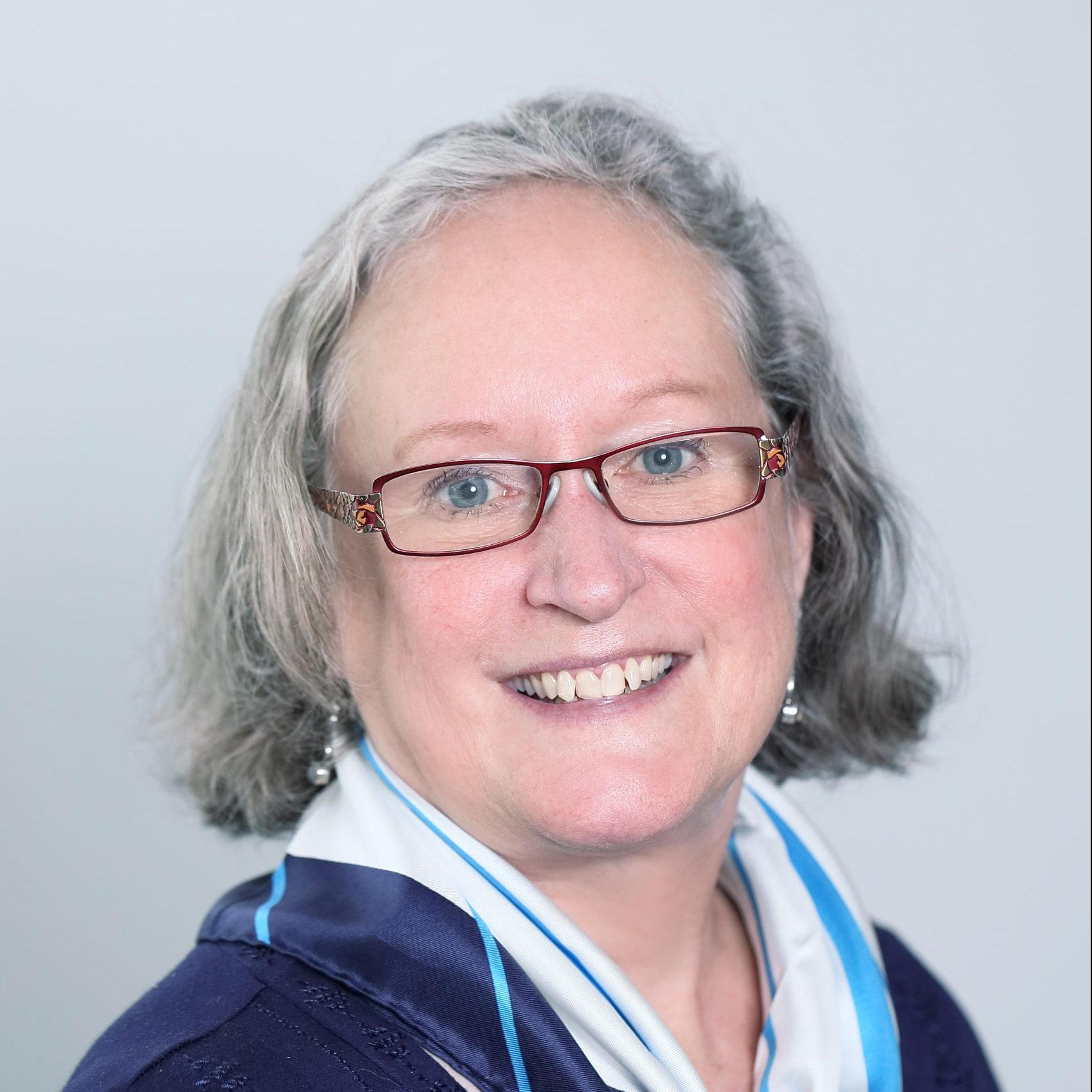
Vicky Whittemore, PhD
National Institute of Neurological Disorders and Stroke, National Institutes of Health
Bethesda, Maryland
Dr. Vicky Whittemore is a Program Director in the Channels, Synapses and Circuits Cluster in the Division of Neuroscience at the National Institutes of Health. In this role, she administers grants on basic, translational and clinical research on the epilepsies where she also interacts with many patient advocacy groups that represent individuals with epilepsy. Dr. Whittemore completed her PhD at the University of Minnesota Medical School.
Read more about Dr. Whittemore on the NINDS website.
To get to know Dr. Whittemore better, we asked her five questions.
Check out answers below.
Why did you choose epilepsy / neurology / etc. as your concentration? I am a neuroscientist by training and had focused my research on the autonomic nervous system and spinal cord injury. I was a Fogarty Fellow at the Karolinska Institute in Sweden when my nephew was diagnosed with infantile spasms and Tuberous Sclerosis Complex when he was 3 months old. I got involved with the National Tuberous Sclerosis Association (NTSA; now the Tuberous Sclerosis Complex Alliance) when I returned to the USA and was invited to join the NTSA Board of Directors in 1987. That led to leaving academia in 1994 to join the Staff of NTSA as the Medical Director and later the Chief Scientific Officer. I joined NINDS as a Program Director in 2011 where I oversee and administer grants on basic, translational and clinical research on the epilepsies.
What do you think are the biggest challenges for people with epilepsy and how are you addressing them?
One of the biggest challenges for people with epilepsy are getting an accurate diagnosis and access to the appropriate treatment(s) so they can live the most productive life possible. I am addressing this by working with investigators who are doing research on the underlying mechanisms of the epilepsies, translating those findings into new treatments and moving those therapies into clinical trials. I also work closely with many of the non-profits in the epilepsy space to provide advice and support as they grow their organizations in support of individuals with epilepsy and fund research.
Can you tell us about a patient who inspires you? My nephew, Clint, has always been my inspiration. He had infantile spasms and was non-verbal, had autism and refractory epilepsy as a child. I witnessed the challenges he had to gain seizure control and to communicate with his family, and the struggles the family had taking care of him throughout his life and gaining access to benefits and resources to help him. He inspired me to change my career path and to be his voice and the voice of others with Tuberous Sclerosis Complex and epilepsy.
Why is being a member of Epilepsy Alliance America’s National Professional Advisory Committee important to you? Being a member of the NPAC is important to me because I believe in the organization’s mission to support individuals impacted by epilepsy who face so many challenges in their communities and in their lives. Working together we can support everyone impacted by epilepsy and help them to face the challenges they encounter and improve access to the resources and support they need.
Looking ahead to the next 5-10 years, how do you think the landscape will have changed for people with epilepsy?
I’m hopeful that in the next 5-10 years we will have more targeted and better treatments for the epilepsies that will allow individuals with epilepsy to live without the challenges they currently face. I think the landscape will have changed such that there will be more awareness and understanding of the challenges faced by individuals with epilepsy and their caregivers and families, and that there will be more support and increased access to care for everyone with epilepsy.
